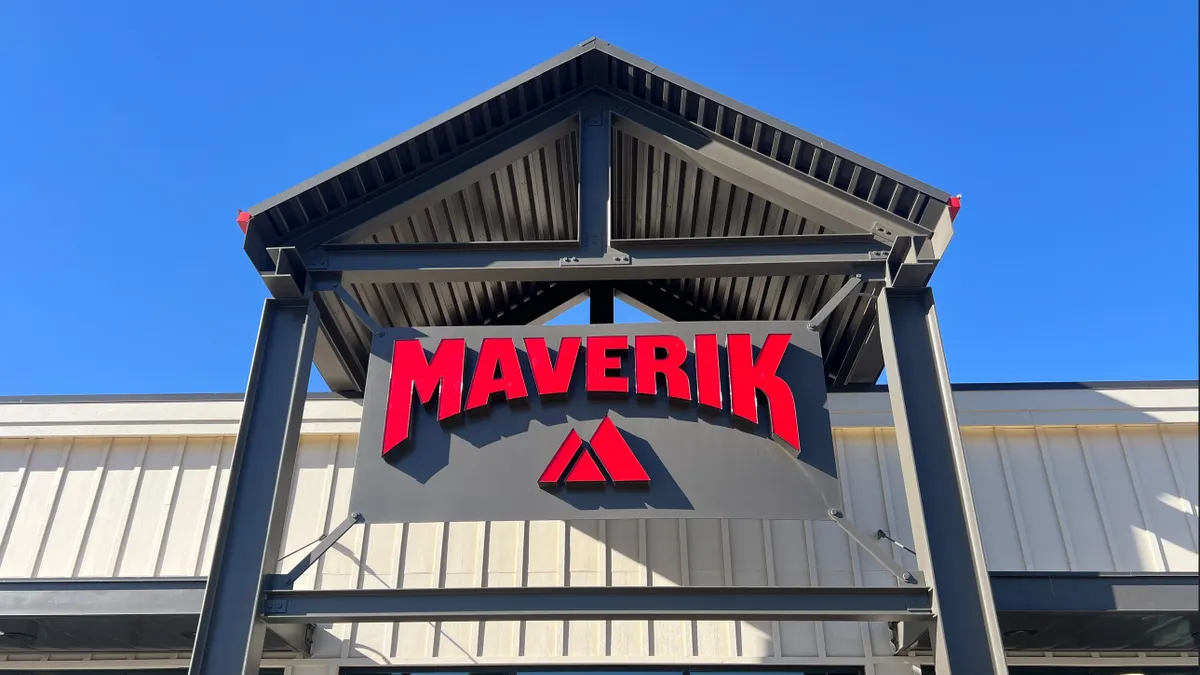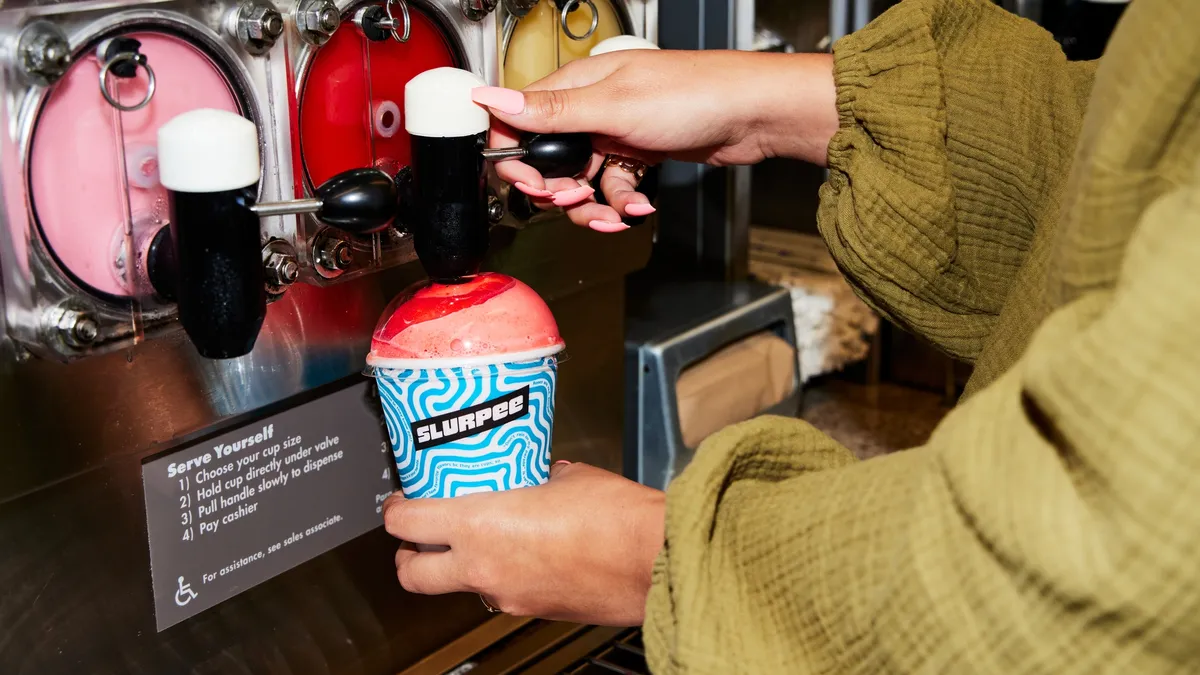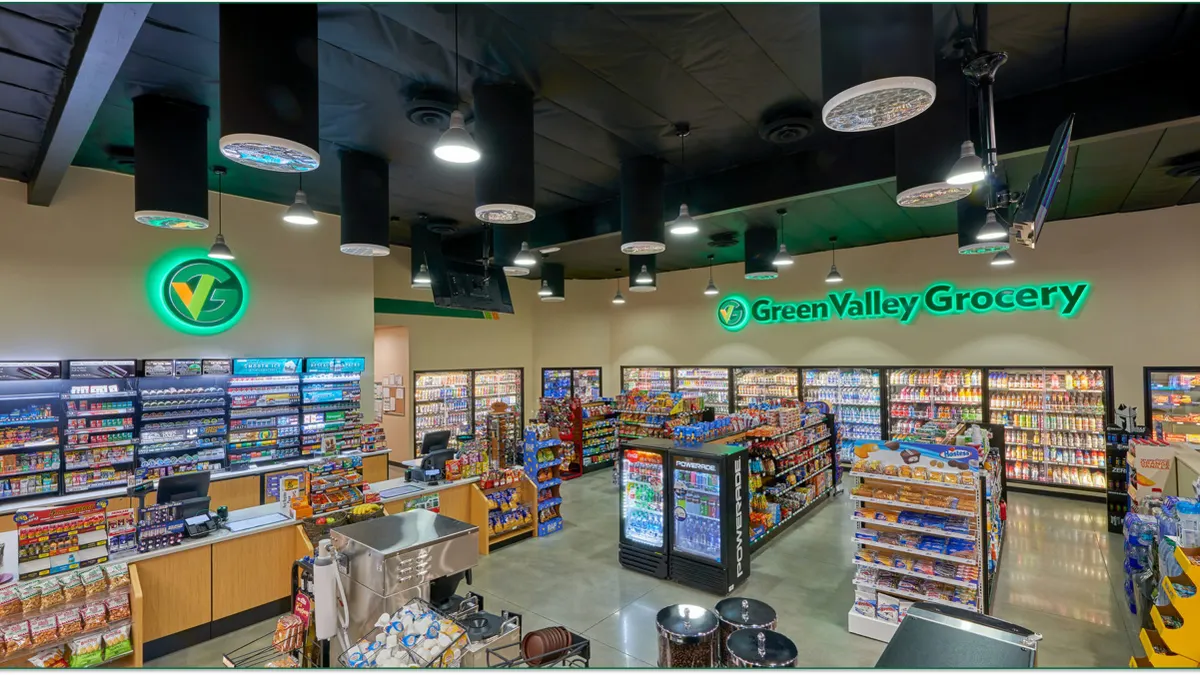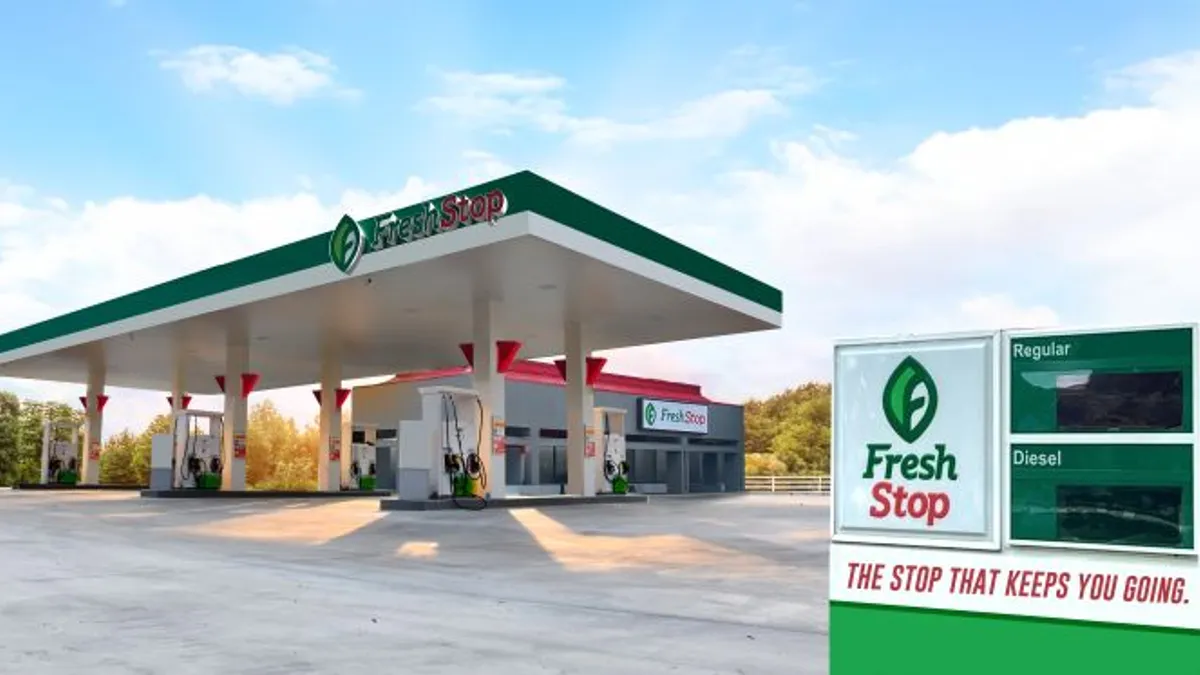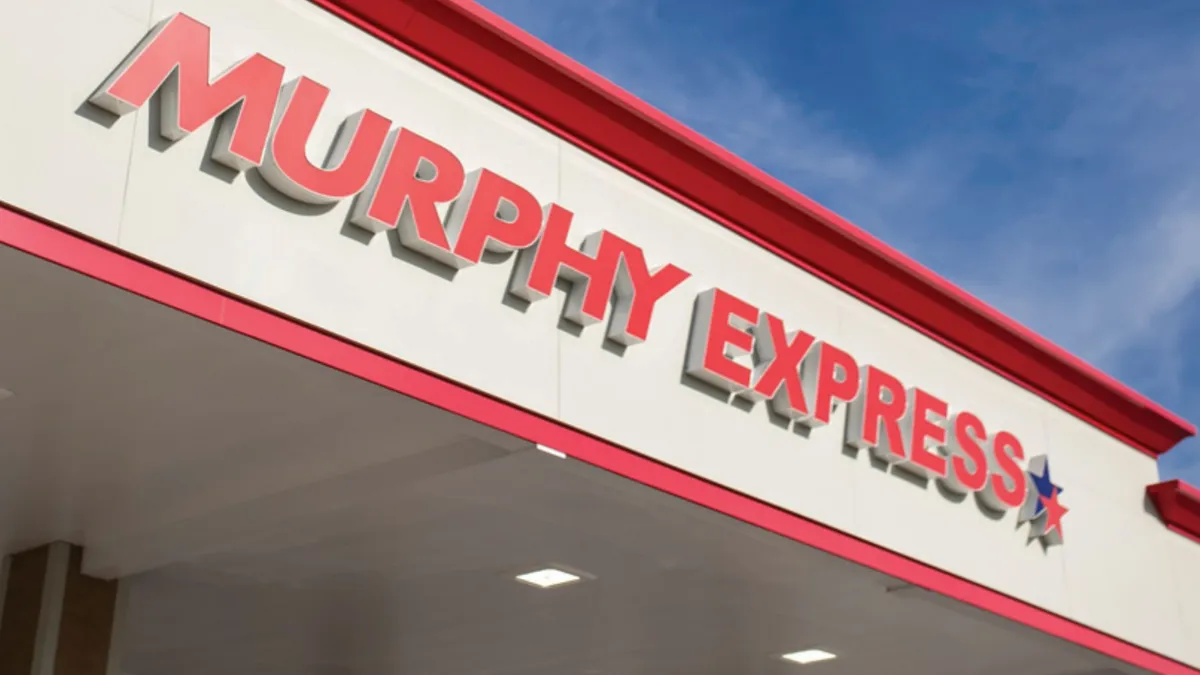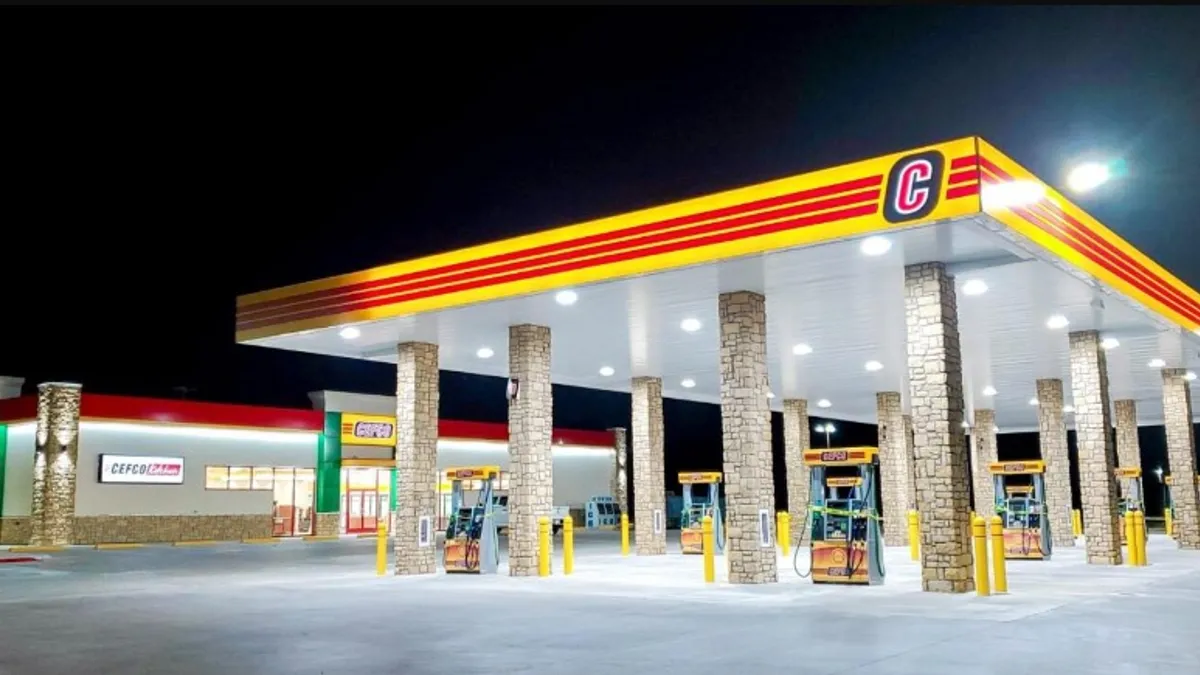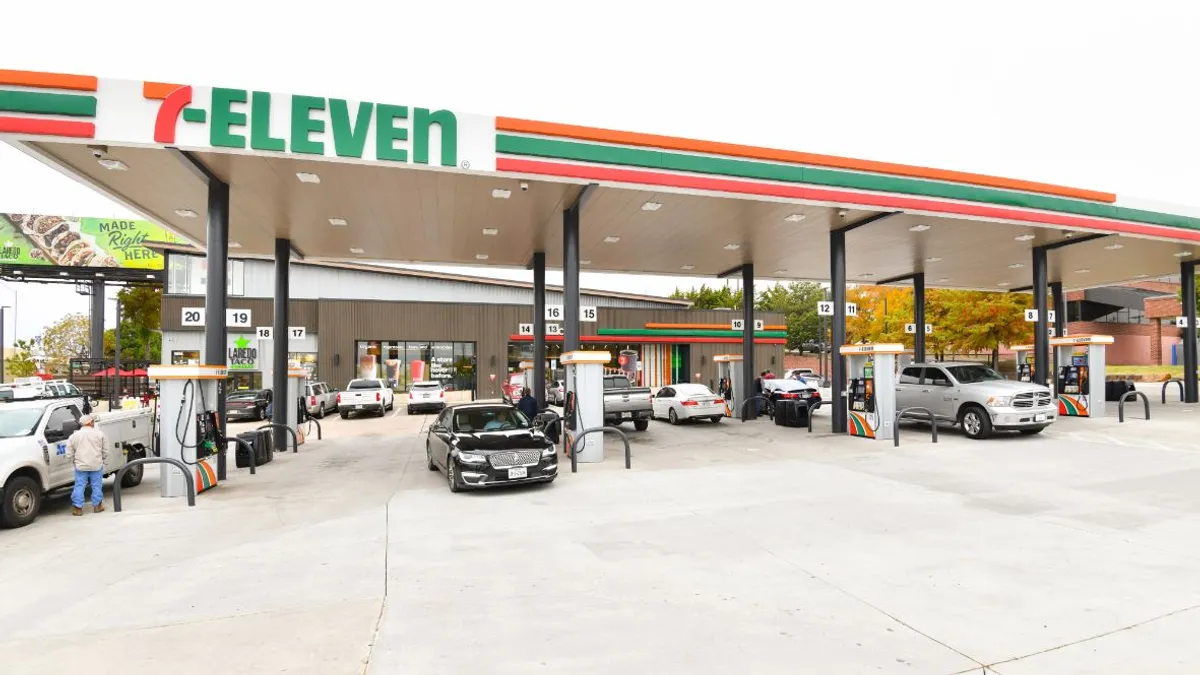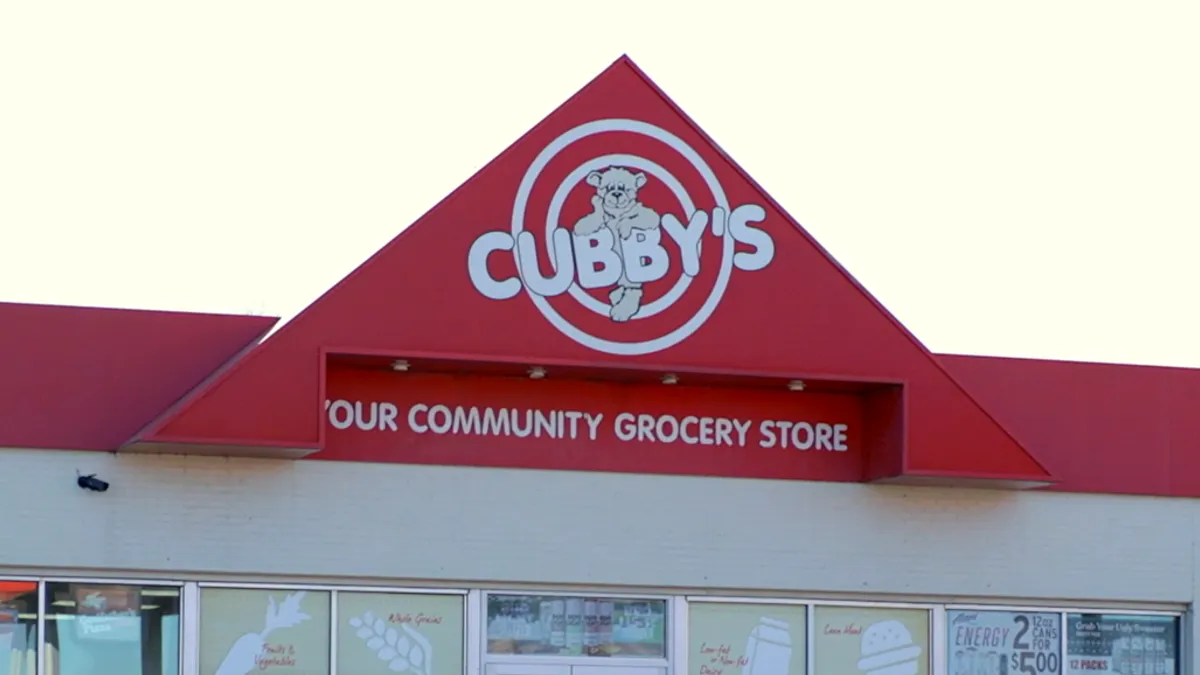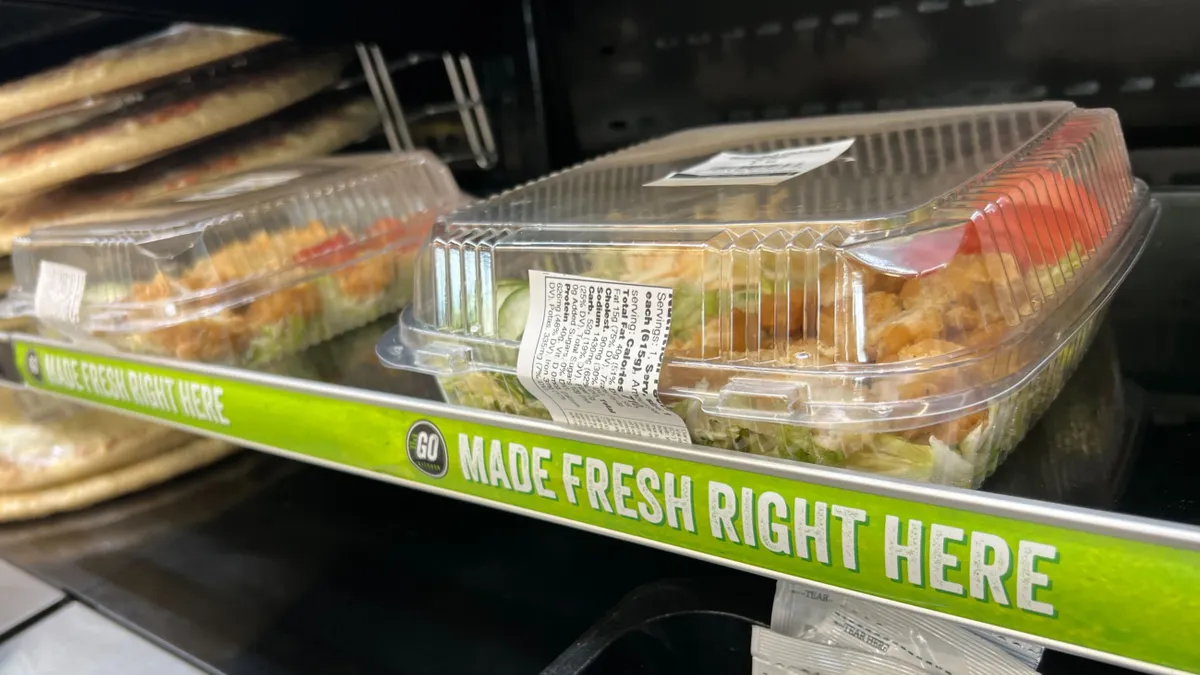Back to Basics is a monthly series that outlines how c-store operators can get valuable new services up and running.
Inflation isn’t just weighing on consumers.
Convenience stores' operating costs also keep increasing, putting a lot of stress on operators, according to data from NACS' recent State of the Industry report. Labor costs continue to surge, with wages up 9.1% for full-time workers and 12.6% for part-time employees last year.
But that wasn’t the only pain point. Credit card swipe fees rose 82% between 2020 and last year, and other costs, from taxes to the cost of goods, are skyrocketing too.
Some expenditures, such as rent, credit card fees and taxes, are not controllable, points out Bill Nolan, a partner with the Business Accelerator Team in Phoenix. But that doesn’t mean there no way to stem the tide. Retailers simply need to cut costs in areas they can control, and experts have outlined a few key categories where businesses can do just that.
Rein in the cost of goods sold
The number one expense for c-store operators is the cost of the goods they sell, said Ed Burcher, also a partner with the Business Accelerator Team. While it's difficult to control these, operators can take a few steps to trim the fat.
Retailers can start by examining individual supplier contracts and costs. They could discover better bargains elsewhere, or they may be able to consolidate deliveries, for example.
"Maybe your supplier is too complacent; they just keep raising prices and think people won't go anywhere else," Burcher pointed out.

It's important to negotiate and "make sure you're buying product at the best available cost of goods," said Nolan. "You've got to monitor the cost of goods constantly and leverage whatever value you have with the supplier to make sure you're getting the best deals."
Labor
Labor costs have been creeping upwards over the past few years as convenience store operators have had to pay employees more to attract them and keep them, while at the same time the minimum wage in some areas has also increased.
After the cost of goods, labor is the next biggest cost in convenience stores, said Jeff Lenard, vice president of strategic industry initiatives for NACS. "However, labor can also be a tremendous asset," he points out, and because of this, "retailers need to weigh the pros and cons of cutting labor just to save costs."
Operating a convenience store that customers feel a connection to and want to return to requires human interaction from its staff, Lenard said.
Employee benefit expenses, such as health insurance and tuition reimbursement, are also increasing, said Steve Montgomery, president of b2b Solutions in Lake Forest, Illinois.
Decreasing labor costs can be as simple as scheduling workers based on "the daily rhythm of the number of sales transactions by day of the week, hours of the day," said Montgomery. that can make sure stores are not over-staffed at quiet times or under-staffed when it’s busy, leaving guests frustrated.
Cross training employees can also help lower labor costs by allowing more flexibility in scheduling, he added.
Large chains, said Burcher, might want to give some autonomy to individual stores, allowing them to schedule according to specific needs.
"You've got to monitor the cost of goods constantly and leverage whatever value you have with the supplier to make sure you're getting the best deals."

Bill Nolan
Partner with the Business Accelerator Team
Making these positions interesting to workers for the long term can also help. The rapid turnover of employees — which can exceed 200% in some instances, Burcher pointed out — can add significantly to an operator's bottom line thanks to direct training costs to bring associates up to speed, as well as indirect costs such as "guests impacted by new or poorly trained employees."
At the executive level, reducing travel and meetings can have a significant impact on the bottom line, Burcher added.
Utilities
Utilities are the third-biggest cost, and adding EV charging stations to a forecourt can exacerbate this.
But it's important to weigh the pros and cons. Adding EV chargers to a convenience store can bring more customers, and these are customers who are more likely to come into the store and make a purchase because they spend more time on the premises.
"Historically, energy cost reduction has not been a priority for most convenience store retailers," said Montgomery, but times have changed. Trends towards larger c-stores, the addition of more foodservice equipment and installation of EV charging stations all add heavily to utility costs, so retailers may want to keep potential power waste in mind.

Technology can help cut waste
Automation can help reduce labor costs when a human connection is not essential, such as letting customers use kiosks for ordering food or apps for ordering items for pickup. Kiosks can also boost sales, since they do great job of encouraging guests to buy add-ons or combos.
However, one issue with self-serve technology, said Montgomery, "is that the industry’s sales of age-restricted items are significant."
Still, with self checkout, only one clerk is required to assist with multiple kiosks instead of one per point of sale, "reducing the need for staff and giving the guest control of their transaction," explained Burcher. However, he pointed out that some self-checkout terminals don't allow guests to redeem loyalty rewards, which can be a big problem in the c-store field.
There are also other concerns about automation that retailers need to keep in mind, said Lenard. One of the main ones is shrink, which can happen at self-checkout machines when customers don’t scan everything in their baskets.
Retailers can also use technology to keep track of their expenses, said Brooke Hodierne, executive vice president of strategy consulting for Insite AI. The best way to get started with this is order-management technology, she said, because it knows what you've sold, what you're likely to sell and how demand might fluctuate based on seasons or local demand. It will let you know if you're under- or over-stocked, helping reduce waste and expenses.
This technology, she said, "keeps your shelves ready for the consumer."
Back of house and foodservice
Automation can also be used more in the back of house, with floor-cleaning robots and programmable cooking equipment that requires nothing more than the push of a button. This saves employees time and means stores can use employees with less training. Kum & Go, for example, is using floor-cleaning robots in all of its stores.
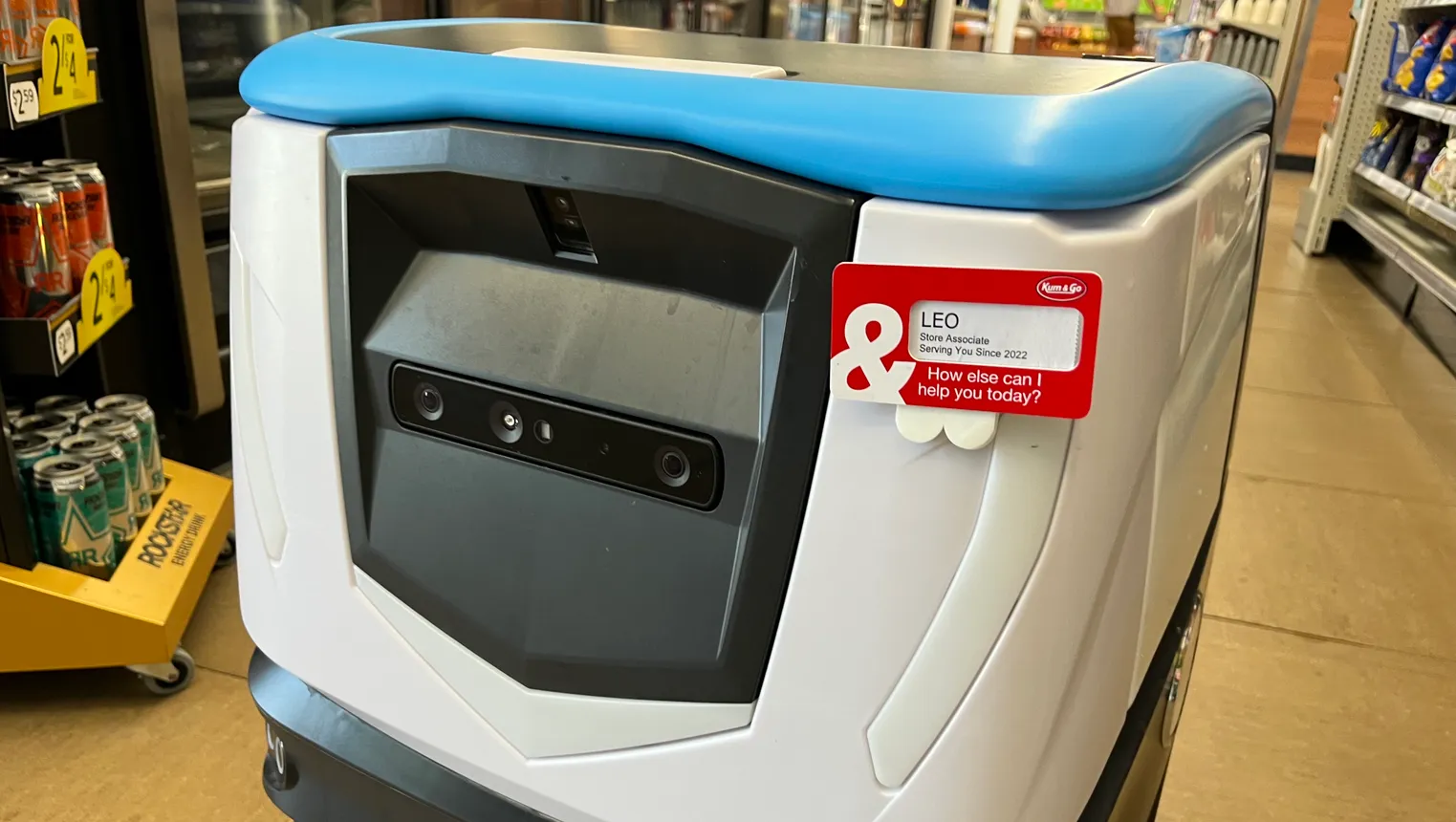
And if a store has a robust foodservice program, shrink and waste could be contributing significantly to high costs. Part of this is due to the frequent turnover of employees who don't understand standards over food, pointed out Hodierne.
Cutting waste, she said, "comes down to training." This means, for example, correct portioning, so employees use four slices of pepperoni instead of six. That difference can have a huge impact if hundreds of that item are sold.
Stores should also carefully monitor sales, she said, so each one is preparing the right amount of food for its demand. Too much and it will have waste; too little and the store will lose sales.
An ongoing battle
Looking over current expenses can identify places to cut now, but retailers need to ask these questions regularly to make sure they’re keeping costs from ballooning again. And in addition to the main areas listed above, retailers can look for savings in smaller areas of the business, as well.
For example, look for hidden fees, such as SaaS (Software as a Service), fees for WiFi, digital signage or printing, said Burcher. Retailers should make sure they know what fees they’re paying, understand what they’re for and weigh the benefits against the costs.
The cost of paper and store use items can also add up, Burcher pointed out. Make stores accountable for what they use, and “put these numbers in front of people and make them mindful of them," he said.



